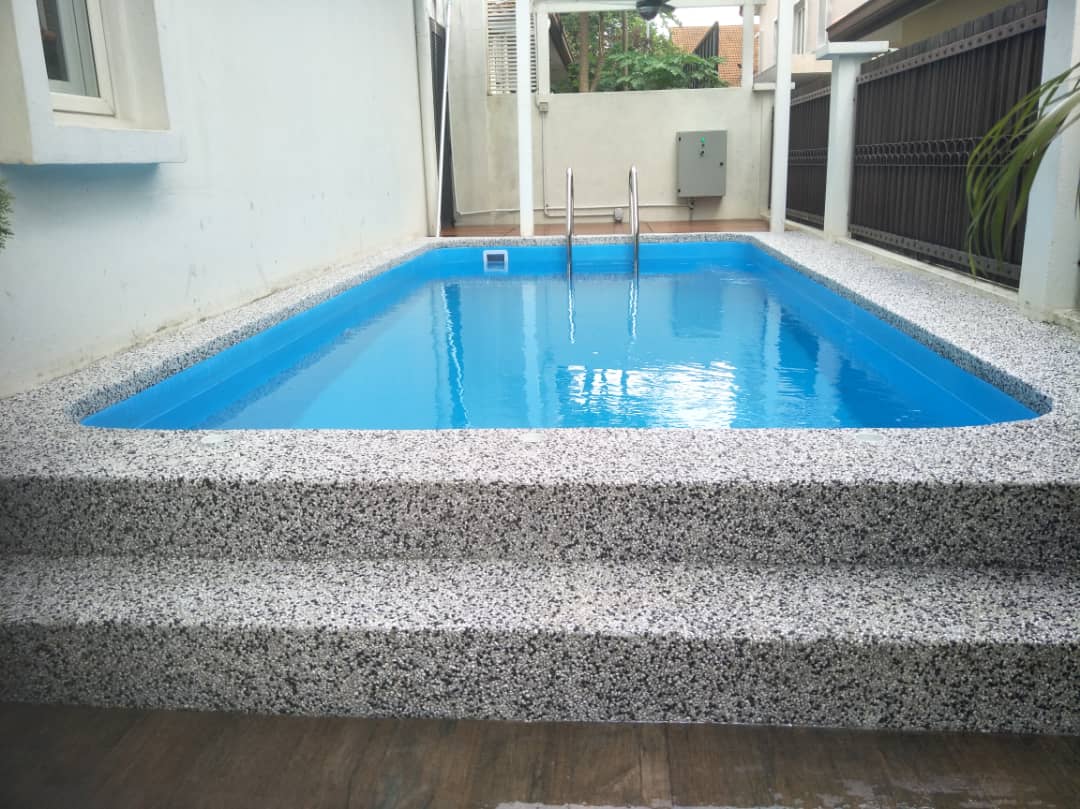7 Steps of Fiberglass swimming Pool installation
A swimming pool construction might be one of the most difficult tasks ever. Many homeowners are undecided about whether to purchase a fiberglass or concrete swimming pool. We outline seven stages for installing a fiberglass swimming pool in your backyard.
It could seem like an exceedingly complicated process at first. Imagine having to bring a pre-engineered fiberglass structure from a Leisure Pools manufacturing site to your backyard, set it permanently in an excavation, fill it with water, and then link it to a filtration system to keep impurities and algae at bay.
While swimming pool construction seems like a lot of work, the best way to deal with this is by talking to experts to help you with fiberglass pool installation.
While swimming pool construction seems like a lot of work, the best way to deal with this is by talking to experts to help you with fiberglass pool installation.
Excavation
At this point, things start to happen. The installer will use the dig sheet to verify the level of the hole while it is being excavated when excavators and backhoes remove the grass and soil. The length, breadth, and depth are specified on the dig sheet.
Planning the layout of the Pool
The professional installer will have a dig sheet for the pool with accurate measurements. The details will include the accuracy of how the hole for the pool should be created for a specific model. The important thing is to discuss any changes in pool placement before the excavation process starts.
Settling the floor
After the excavation is complete, a gravel bed is placed on the ground to provide a basis for the pool. To simplify the screening process, screed bars are positioned as slope guides. To make sure the floor is sturdy, the gravel is then compressed.
Pool Delivery & Placement
A low trailer is exclusively made for the transportation of swimming pool shells. The filtration system is also delivered at this time, along with the pool. A crane is often used for moving the pool into the location in a swimming pool construction. Your installer will normally visit the site before installation check all the access points and evaluate the place when needed.
Plumbing and Backfilling after installation
Skimmer box installation, deep-end suction fitting installation, and return fitting installation are the fundamentals of pool plumbing. From these components to the pump and filter, PVC piping is attached. Additionally, we advise installing a hydrostatic pressure release and groundwater access line.
Reinforcement
After the pool has been backfilled, reinforcement rebar is fastened to its edge for strength. Concrete is poured around the perimeter to a thickness of about 8" to provide a mechanical lock once the rebar has been bonded/grounded.
Coping and Deck
Numerous merchants attach pavers, such as travertine, to the top of the pool and glue beams to accentuate its attractiveness. The decking, planting, and fence are completed once the paver coping is put in place.
When opposed to the lengthy preparation processes required for vinyl liners and granite swimming pool for home, which may often take months, installing a composite fiberglass pool is comparatively quick, easy and affordable. In a few days, your backyard might transform into a completed swimming pool, depending on the weather and the installation and landscaper's schedules.






Comments
Post a Comment